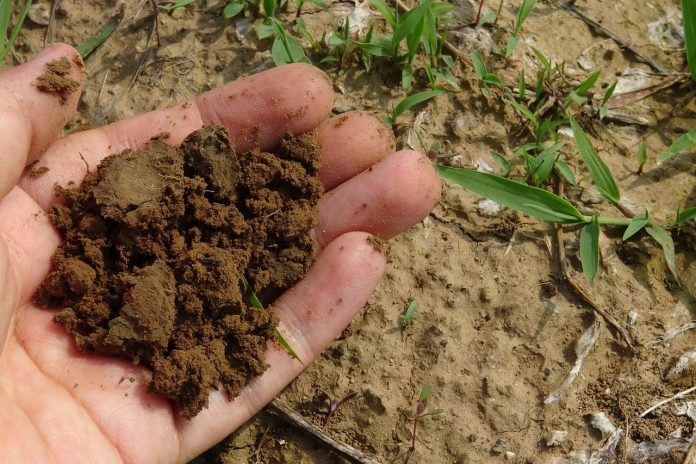Just like knowing the balance of your checking account, knowing what your soil has in its nutrient account is vital to producing a quality product in large quantities.
Nothing irritates my wife more than when I use my debit card and then don’t give her the receipt. Keeping your checking account balanced requires a conscious effort, good record keeping and not spending more than you have coming in. Keeping your soils’ nutrient bank account balanced is very similar.
Soil sampling on a regular basis, nutrient management records and knowing crop removal rates are must-haves for a successful harvest.
Testing
With the support of our board of supervisors, we have been able to assist landowners by establishing a soil testing program at our local soil and water conservation district office. Over the last couple of seasons, I have had the privilege of meeting many producers and soil testing several thousand acres. All in all, our producers are doing a pretty good job.
Corn and soybean acres show adequate nutrient levels, with only a few small pH adjustments required. Hay and pasture lands are in need of the most improvement. Low pH and potassium levels are the most common issues found on these soil test reports.
Typically, pastures, unless you are making a cutting of hay, will have higher nutrient levels than hay ground. In a pasture operation, nutrients are being cycled through the livestock with only a minimal amount of nutrients leaving the farm in the form of milk or meat. Whereas in a haying operation we have enormous amounts of nutrients leaving the field, that must be replaced.
Action
Liming your fields to raise pH levels is the best way to spend dollars. Most hay and pastureland doesn’t need reseeding. They need a simple pH adjustment. Remember there is always a latent seed bank in our soils, just waiting for the right conditions in which to flourish.
With grass and legume hay crops removing up to 50 pounds of K2O per ton of dry matter, potassium would be your next best investment. Soil testing on a regular basis (at least every two or three years) keeps you abreast of your soils nutrient level bank account. Adequate nutrient levels will produce a high-quality product, in large quantities.














Very helpful. Like how we need nutrients every day, the plants also are dependant upon the additional nutrition from the soil. Thank you for the helpful instructions.